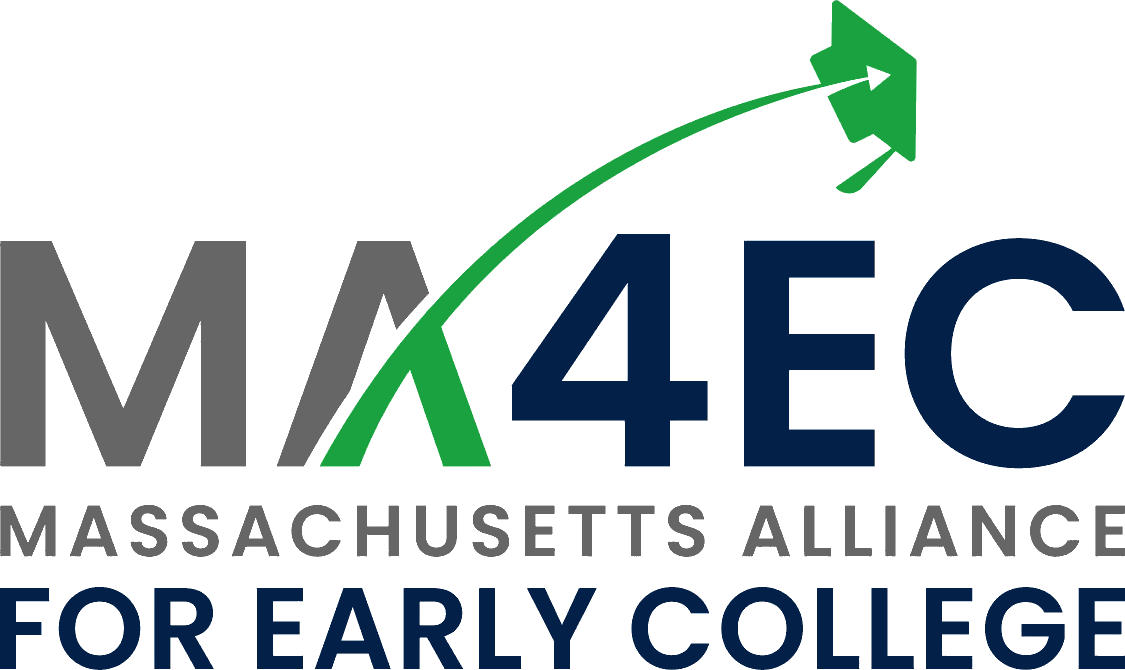The Alliance’s goal is to close a quarter of the statewide college success equity gap by race and income and benefit thousands of students beyond that through the growth of high quality Early College programs in Massachusetts.
We will achieve this goal by supporting:
Scale
Enabling the field to serve 45,000 students in grades 9-12, ⅔ of whom are Black, Latino, or economically disadvantaged.
Quality
Doubling the degree attainment rate for Black, Latino, and economically-disadvantaged students who participate in Early College.
Achieving this goal means Early College will fuel a strong and diverse workforce pipeline and put students on paths to upward economic mobility.
Read the MassINC Report: Opening the Doors to the Jobs of the Future
Why Does This Matter?
The College Success Equity Gap is Staggering
Massachusetts suffers a staggering equity gap on postsecondary success and ultimate wages for Black and Latino students, and students from low income households.
Two of every ten Black, Latino, and low-income students in MA obtain a college degree of any type by 6 years after high school graduation, with significant impact on ultimate wage outcomes.
Early College is Working. . .
National and local data shows that Early College is increasing college enrollment and success, and closing equity gaps.
. . . However, it isn’t Reaching Enough Students
Early College programs in Massachusetts are currently reaching only 3% of high school students with just under 9,000 students enrolled in school year 2024-25.
Early College programs make an impact for students who have been historically underserved: nearly two-thirds of Early College students identify as Black and Latino, and over half as economically disadvantaged.
In order to catalyze this impact to increase attainment and close persistent equity gaps, Early College programs will need to serve 45,000 students.
What’s That Look Like?
What Would This Mean?
Reaching 45K Students Will Require:
Building & Scaling
Building and significantly scaling high-quality Early College programs in schools serving a significant number of students of color and students from low-income homes.
Innovating New Models
Innovating new models, such as regional collaboratives, to reach additional schools and districts that serve smaller concentrations of students who can benefit most.
